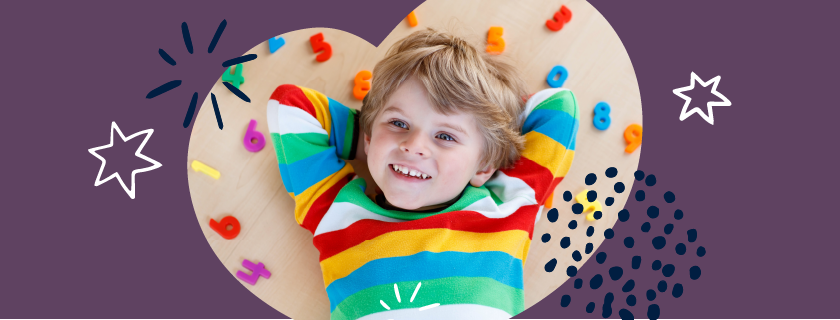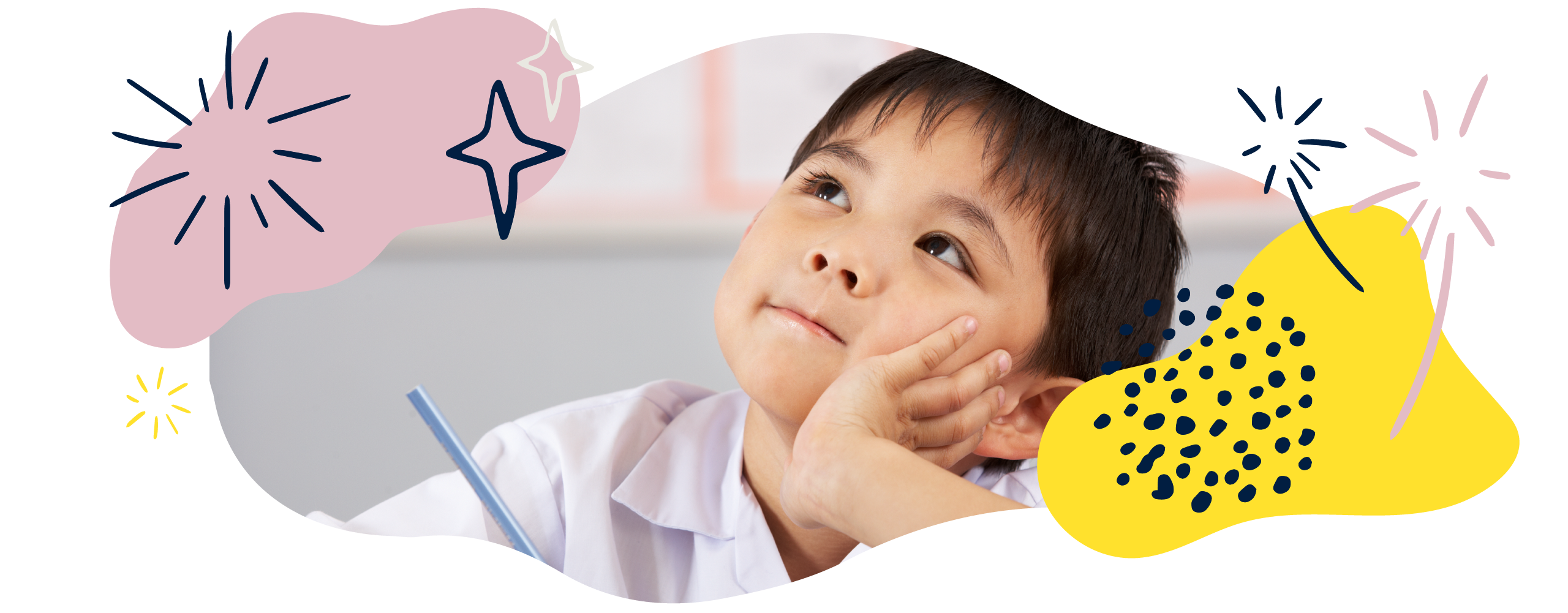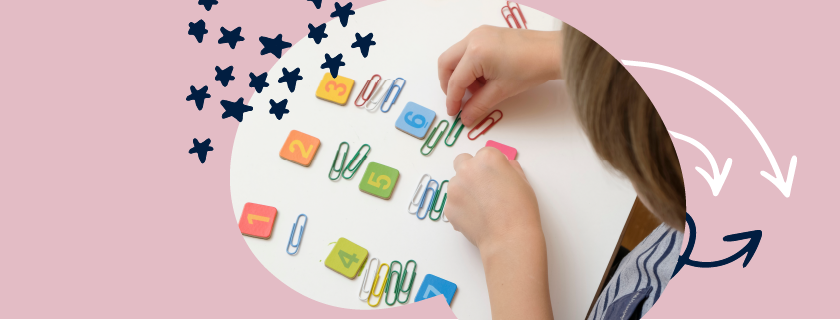What to expect in Year 1
Leaving Reception behind and moving into Year 1 can feel like a big step for both children and their parents. A good school will make the transition into Year 1 a smooth one. The children will still be learning through play, they will still be exploring, discovering and making plenty of use of their role-play corner. However, over the course of the year, your child’s day may be a little more structured than it was in Reception and they may have to sit at a table for a little longer than they are used to, but they will still also be learning in a variety of ways; while moving, exploring outdoors, in groups, on the carpet or walking around the school!
What will my child do in Year 1?
Your child will have left the EYFS behind in reception, although some goals may be carried on with them as they move into Year 1. This will be their first year of the National Curriculum and, like all year groups, Year 1 has government statutory schemes of learning to follow.
There is a Year 1 phonics screening test in June, which helps your child’s teacher to identify if your child is secure in sounding out and blending graphemes. It also detects if they can read phonically decodable words. Don’t be worried about this test. Your child’s teacher will be assessing your child daily and will have identified any areas they need to focus on well before the test date.
1. Phonics
Phonics is a big part of Year 1. Your child will continue to expand on their knowledge of phonics and will probably surprise you with just how quickly they develop their reading. They will undertake phonics learning each day, just like they did in Reception. They will learn tricky words, spelling rules and how to sound out and blend to aid them with their reading and writing.
2. Topics and stories
Your child may be learning through a variety of topics and stories this year, which makes lessons relevant and exciting. They will plan and write their own wonderful creative stories, design posters and leaflets. They will learn to write in sentences and to use exciting language — all while improving their handwriting.
3. Maths skills
Maths lessons this year tend to be enjoyable, with plenty of hands-on activities. Now that they are using numbers over 20, they will learn to use a 100 square to help with their adding and subtracting. Number bonds will also be reinforced and they will learn to count forwards, backwards, in 2s, 5s, 10s, 20s, and they will double and halve. Again, always learning in a fun and engaging way.
4. Beyond literacy and numeracy
There are a wide range of topics covered in Year 1, and your child will undoubtedly have their personal favourites. Some of the Year 1 activities include:
- experiments (science) and product design (DT)
- learning the history of things (history) and about the local area we live in (geography)
- dancing, playing games and using gym apparatus (PE)
- painting, drawing and more creative processes (art)
They will also develop their social skills and empathy for each other during RE and circle times. Year 1 is an important year for your child’s increasing independence. The days are so varied and busy, the hours just fly by!
How can I help my child in Year 1?
School can be exhausting for a child in Year 1. They are learning so many new things at school, and may well also be starting to join activities after school as well, such as swimming or gym. If you do want to do more at home, why not enhance their reading, writing and maths learning? Ask your child to write an email to their auntie, count out the cutlery for dinner, read you a story, help at home with cooking and counting.
Useful resources on Oxford Owl

Free eBook library
Find a huge selection of free eBooks to encourage your child to read and support their reading journey in our library.
Take a look >
Maths activities
Find a wide range of maths activities to do with your child at home.

Helping your child learn to read
Advice on how to support your child and their reading development at home.

Develop maths skills
Find out how to help your child develop their growing maths skills.

Phonics Screening Check
Learn more about the Phonics Screening Check happening at the end of Year 1 and how to best help your child prepare.

Learning to read with phonics
Find out more about the sounds of letters and digraphs on our learning to read with phonics pages.
National Curriculum for England, Scotland, and Wales
All information on Oxford Owl for Home is aligned with the National Curriculum for England. Much of this information is also relevant for children in Scotland and Wales.

